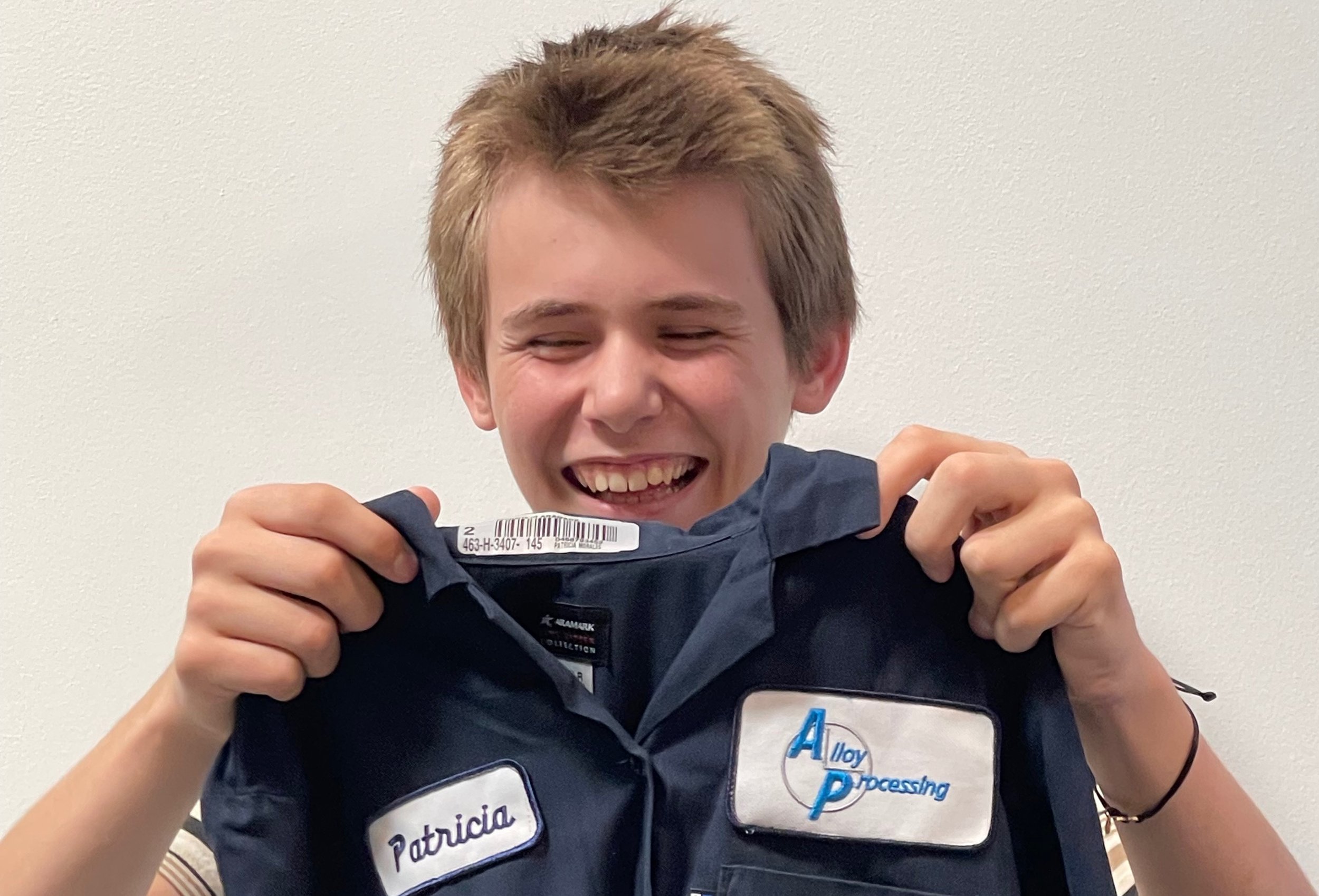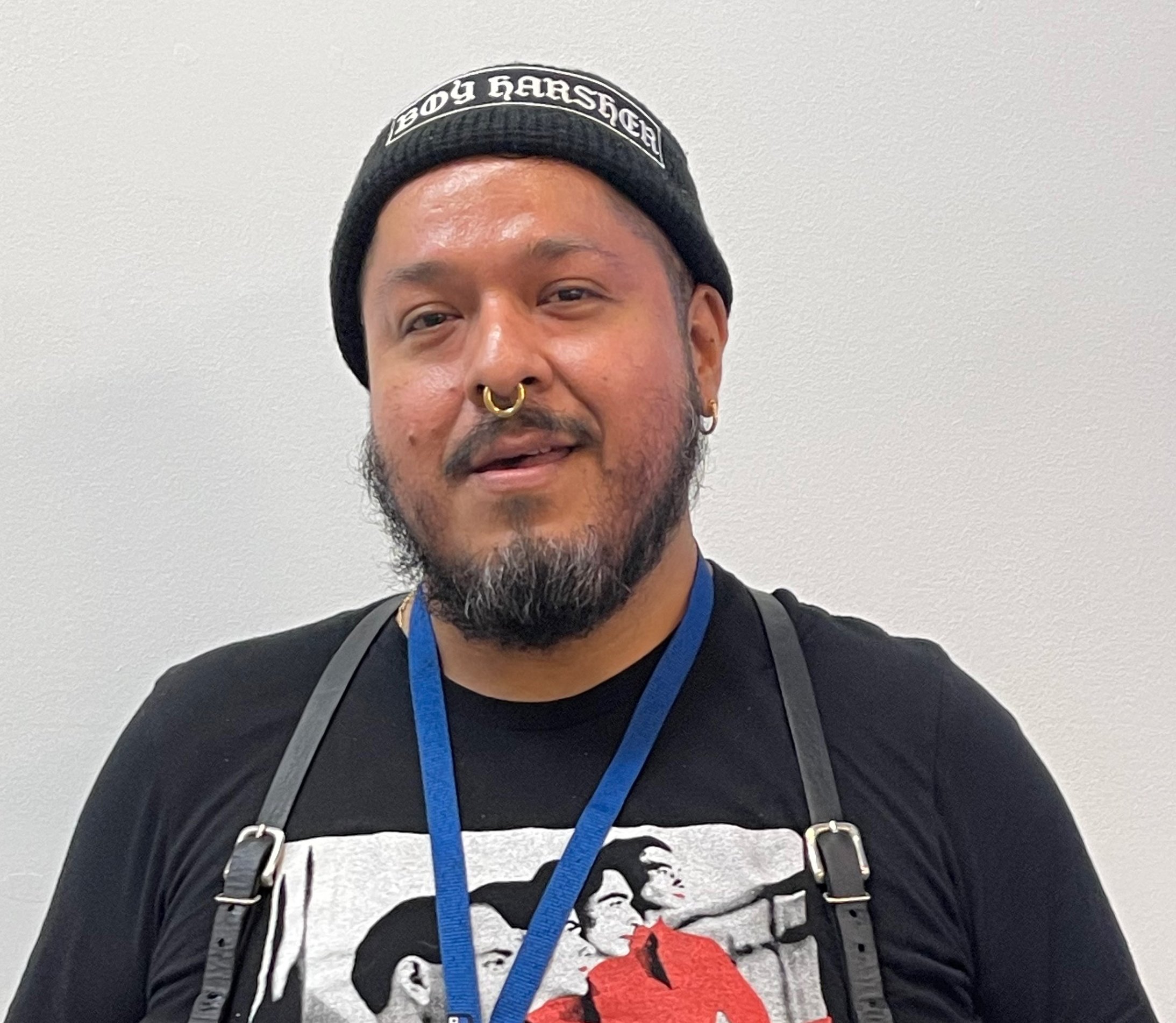Lynda Grose
Designer, Author, Educator
Lynda Grose is a designer, author, educator, and has worked in fashion and sustainability for more than 30 years. Her professional activity spans design, craft-based micro-enterprise development and research through studio practice. She co-founded ESPRIT’s ecollection in 1992 which was the first 'ecologically responsible' clothing line marketed internationally by a major corporation and set pioneering standards, which became adopted industry wide. Her most recent works invite the public to contribute to post growth narratives, including designing garments with the potential to evolve over time, and exploring the cultural potency of labels to identify second hand purchases. Grose sees art and design as a force that can help give form to a sustainable society and is passionate about emergent roles for artists and designers working in this context.
Grose is co-author of the book: Fashion and Sustainability: Design for Change, and is contributing author to Opening Up the Wardrobe, The Routledge Handbook on Sustainable Fashion, Sustainable Textiles: Life Cycle and Environmental Impact, and Sustainability in Fashion and Textiles: Values, Design, Production and Consumption. Her work has been featured in: Historical perspectives on Sustainable Fashion, Fashion Today, Design + Environment, Eco Chic, Beyond Green, Elle, Metropolis, Textile View, to name a few. She is also a founding board member of the Union of Concerned Researchers in Fashion (UCRF), serves on the board of Re/Make, and is a Professor in Fashion Design and Critical Studies at California College of the Arts.
Second Hand Label Stories
Second Hand Label Stories is an ongoing research project which deploys a label to identify secondhand purchases and as a social probe to engage diverse participants in sustainable fashion discourse. The premise of the project is that everyday people may be willing to ‘out’ their secondhand purchases and that this coding could be leveraged as a potent tool to challenge the power of brands in perpetuating the ‘culture of the new’.
Grose invites participants to provide input on the concept, asking:
Would you opt to label your thrifted garment on the outside after purchase? Why? Why not?
Responses are then recorded and participants photographed with their labeled garment.
Background
As a working class kid born in a cotton mill town near Manchester, England, I remember my loud ‘aww muuuum…’ objection when my mother bought thrifted garments. Without really knowing why, I felt the class stigma associated with having to buy second hand clothes. It was only as a (first generation) student attending art college in London, that I became aware of a different world in which thrifted garments were considered ‘cool’.
I have worked in fashion and sustainability for most of my professional life. Whilst working as a designer at ESPRIT in the 1990’s, I developed a framework for approaching sustainability - reducing product impacts and bringing viable alternatives to market - which was adopted industry-wide. But over the years, this approach has seen the negative impacts of the fashion industry increase, as incrementally improving individual products fails to keep pace with a company’s or the clothing industry’s growth in sales.
Yet, in 2021, the CEO of fast fashion company Primark delivered an address at a fashion and sustainability conference. It began:
‘I make no apologies for being a large volume retailer.
We bring sustainable fashion to our customers at a price they can afford’.
The statement delivered a blunt truth about the current sustainable fashion movement; its expense, its privileged market, and its inaccessibility to lower income-level customers.
Second Hand Label Stories is based on the premise that everyday people may be willing to publicly indicate their second hand purchases and that this coding could be leveraged as a potent tool to challenge the power of brands in perpetuating the ‘culture of the new’.
The project aims to bring social norms in fashion/clothing to the surface, and to elevate diverse voices / narratives in the sustainable fashion movement. The label is deployed as a ‘hook’ to spark conversations and reflections with everyday people about the usually invisible act of purchasing second hand. The conversations reveal a variety of emotions associated with resale, society and culture, prompt participants to reflect, and start to unfreeze stigmas and behavioral norms.
Process
Typically I sit in second hand stores close to the check-out registers with a sewing machine, threads and labels, and invite customers to provide input on revealing their second hand purchases with an outside label.
Three simple questions lead the conversations:
Would you opt to label your thrifted garment on the outside after purchase?
Why?
Why not?
I then document the conversations and, when customers opt in, sew the label into their garments free of charge and photograph the person with their purchase.






Participant relationship
The images provided feature everyday people who participated in interviews and labeling sessions at second hand stores in Northern and Southern California. Though complete strangers, the label prompts people to open up and share their reflections on the hierarchy of branding, their own participation in the hierarchy, social stigmas and taking more care of clothing (and each other). The label seems to activate not only the clothing, but also the individuals.
So far, the project is revealing that the label is:
-a means to take agency in the face of overwhelming ecological conditions
-an indicator of doing a good deed
-a point of pride in being working class
-a gatherer of (previously invisible) community
-an act of disruption/protest
Intentions/plans
I have reported out the ongoing research from the project in public presentations / exhibitions, in classes at California College of the Arts, and in published papers.
Second Hand Label Stories is inspired by my working class roots, many decades working in fashion, by insights from being a researcher on the Local Wisdom project, Michael Swaine’s Mending for the People project and by Story Corp.

